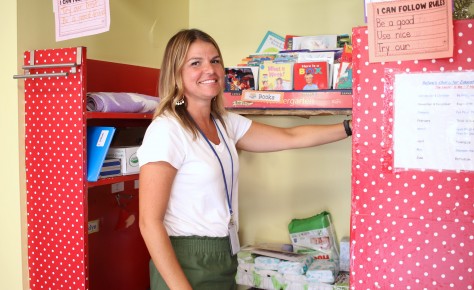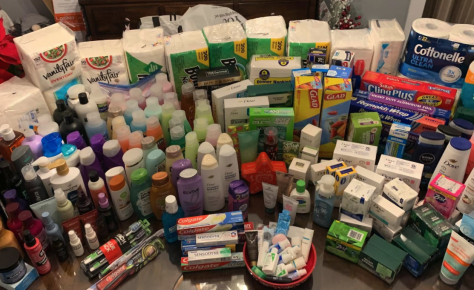The editorial below was written by NYSUT President Andy Pallotta for Newsday.
New York's teacher evaluation system is broken. Now is the time to fix it.
Across the state, parents and educators are angry and frustrated. They are demanding an end to a flawed evaluation system that overemphasizes standardized testing and which misuses these fill-in-the-bubble tests to rank and sort teachers. They want more local control and a return to the days when schools could focus on teaching and learning, not endless test preparation.
Let's first be clear about one point: Teachers welcome fair, meaningful evaluations that help them grow professionally and better serve their students.
New York's teacher evaluation system is broken. Now is the time to fix it.
Across the state, parents and educators are angry and frustrated. They are demanding an end to a flawed evaluation system that overemphasizes standardized testing and which misuses these fill-in-the-bubble tests to rank and sort teachers. They want more local control and a return to the days when schools could focus on teaching and learning, not endless test preparation.
Let's first be clear about one point: Teachers welcome fair, meaningful evaluations that help them grow professionally and better serve their students.
But, teachers and parents have never had any faith that standardized test scores - plugged into a mysterious mathematical algorithm no one understands - could accurately measure educators' effectiveness as professionals. They do see how the unrelenting pressure to produce higher standardized test scores has narrowed the curriculum; increased pressure to teach to the test, and poisoned the environment for teaching and learning.
Since 2015, a moratorium has put the use of standardized test scores in evaluations on hold. But that's not enough.
Parents and educators want to stop subjecting children to exhausting standardized tests, which neither inform instruction nor accurately measure achievement. They have clearly stated their opposition to the evaluation law's one-size-fits-all approach. And they have rebelled by choosing to opt their children out of these required standardized tests in eye-popping numbers, especially on Long Island.
Elected leaders are getting the message. The State Assembly voted 131-1 on May 2 to begin repairing the breach in trust between parents and educators on one side, and the state on the other. With six weeks remaining in this legislative session, all eyes now turn to the State Senate.
Senate bill 8301, a matching bill introduced by Sen. Carl Marcellino, chairman of the education committee, has been sponsored by three-quarters of the Senate - including all Democrats and a majority of Republicans. All that stands in the way is Senate Majority Leader John Flanagan, who must bring the bill to the floor for a vote.
This bill would go a long way toward lifting the plague of overtesting and toward fixing the evaluation system by returning control over teacher evaluations to school districts and teachers, allowing them to collectively bargain performance reviews that help teachers grow professionally while meeting the unique needs of their students. It also would give school districts flexibility to curtail testing, especially in the early grades, and bar standardized test scores from becoming part of students' permanent records.
Other states are already acting to end the tyranny of testing.
Using flexibility granted by the federal Every Student Succeeds Act, nine states - including Alaska, Arkansas, Kansas, Kentucky, North Carolina and Oklahoma - no longer require teacher evaluations to include student growth measures from standardized tests.
The winds of change are clearly blowing. The State Senate must decouple state tests from evaluations and return evaluations to local control. Through collective bargaining, school districts and local teachers unions should be entrusted with negotiating their evaluation systems that fit the unique contours of their communities and their teachers - just as they did before 2010.
By immediately bringing the bill to the floor for a vote, the State Senate can help put the focus back on what matters most in our classrooms - teaching and learning.
It is time to let teachers teach, let students learn and let the Senate vote.



